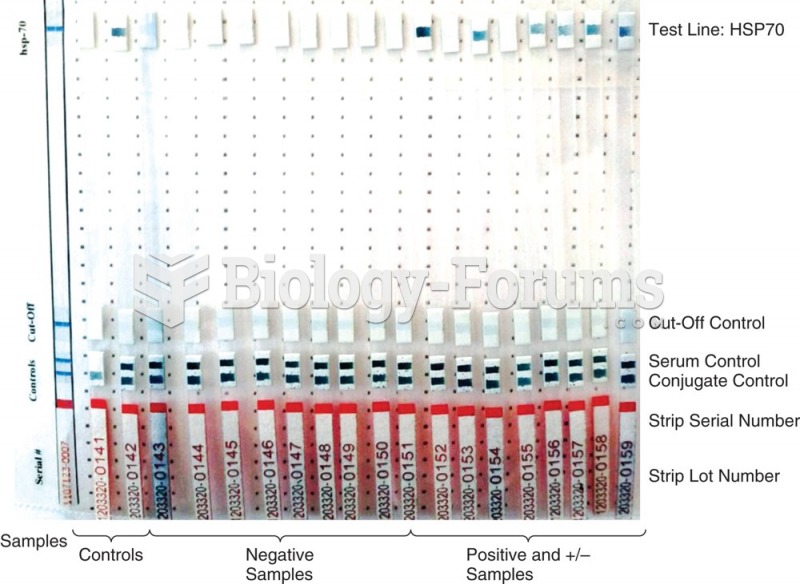|
|
|
In the United States, an estimated 50 million unnecessary antibiotics are prescribed for viral respiratory infections.
Children with strabismus (crossed eyes) can be treated. They are not able to outgrow this condition on their own, but with help, it can be more easily corrected at a younger age. It is important for infants to have eye examinations as early as possible in their development and then another at age 2 years.
Vaccines cause herd immunity. If the majority of people in a community have been vaccinated against a disease, an unvaccinated person is less likely to get the disease since others are less likely to become sick from it and spread the disease.
Women are 50% to 75% more likely than men to experience an adverse drug reaction.
Anesthesia awareness is a potentially disturbing adverse effect wherein patients who have been paralyzed with muscle relaxants may awaken. They may be aware of their surroundings but unable to communicate or move. Neurologic monitoring equipment that helps to more closely check the patient's anesthesia stages is now available to avoid the occurrence of anesthesia awareness.
 Species, subspecies, populations, and individuals. Species are reproductively isolated from one anot
Species, subspecies, populations, and individuals. Species are reproductively isolated from one anot
 Many European Americans are involved in ethnic work, attempting to maintain an identity more precise ...
Many European Americans are involved in ethnic work, attempting to maintain an identity more precise ...





